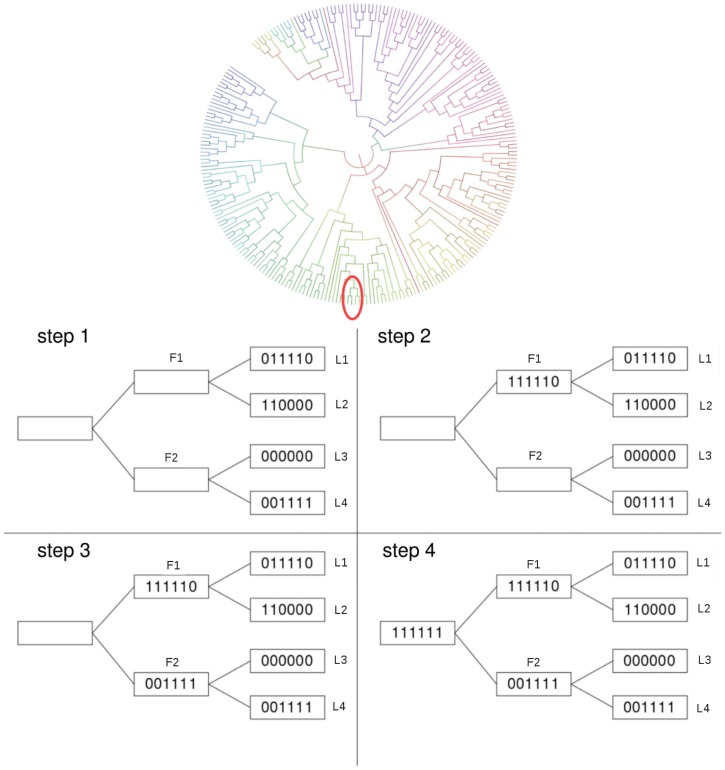Fig 2. Illustrative example of the naming procedure.
An example of the procedure used by PhyloCys to assign binary names to the inner nodes of a small sub-tree (the red circle) of the cladogram representing the phylogenetic tree is shown in four steps. In the initial state of the tree (1), only leaves (the observed homologs) have labels assigned to them. Starting from the topmost leaf L 1, the tree is traversed until the root is reached. At step 2 the label of L 1’s parent F 1 is assigned, by taking the OR between L 1 and L 2 names. In step 3 the label to F 1’s father (the root of the subtree) has to be assigned. Since the other child of the root has no label assigned to it, the recursive procedure visits that sub-tree and returns the correct binary assignment. In the last step 4, the union of the ones in F 1 and F 2 is computed and assigned to the root of this sub-tree.

